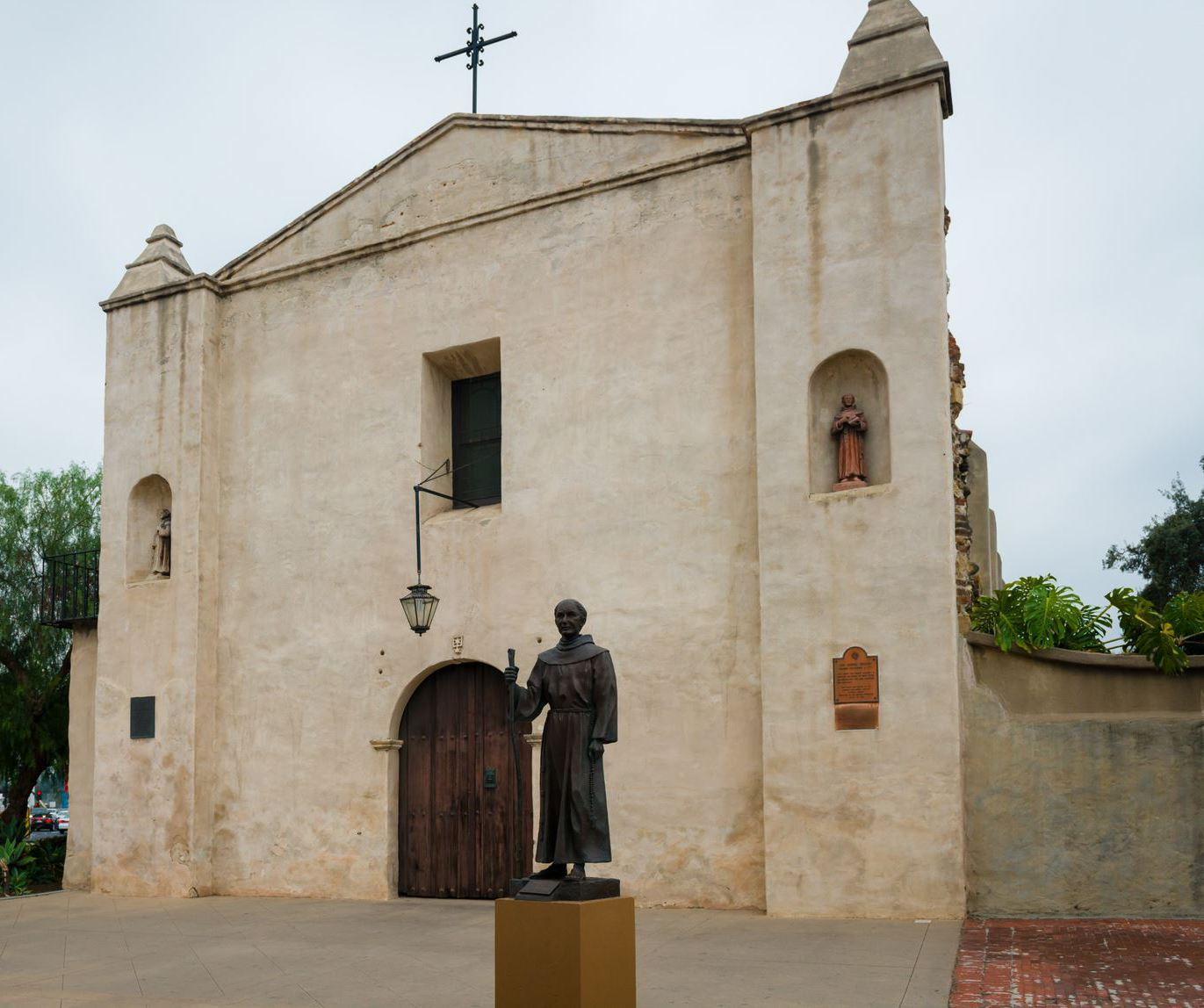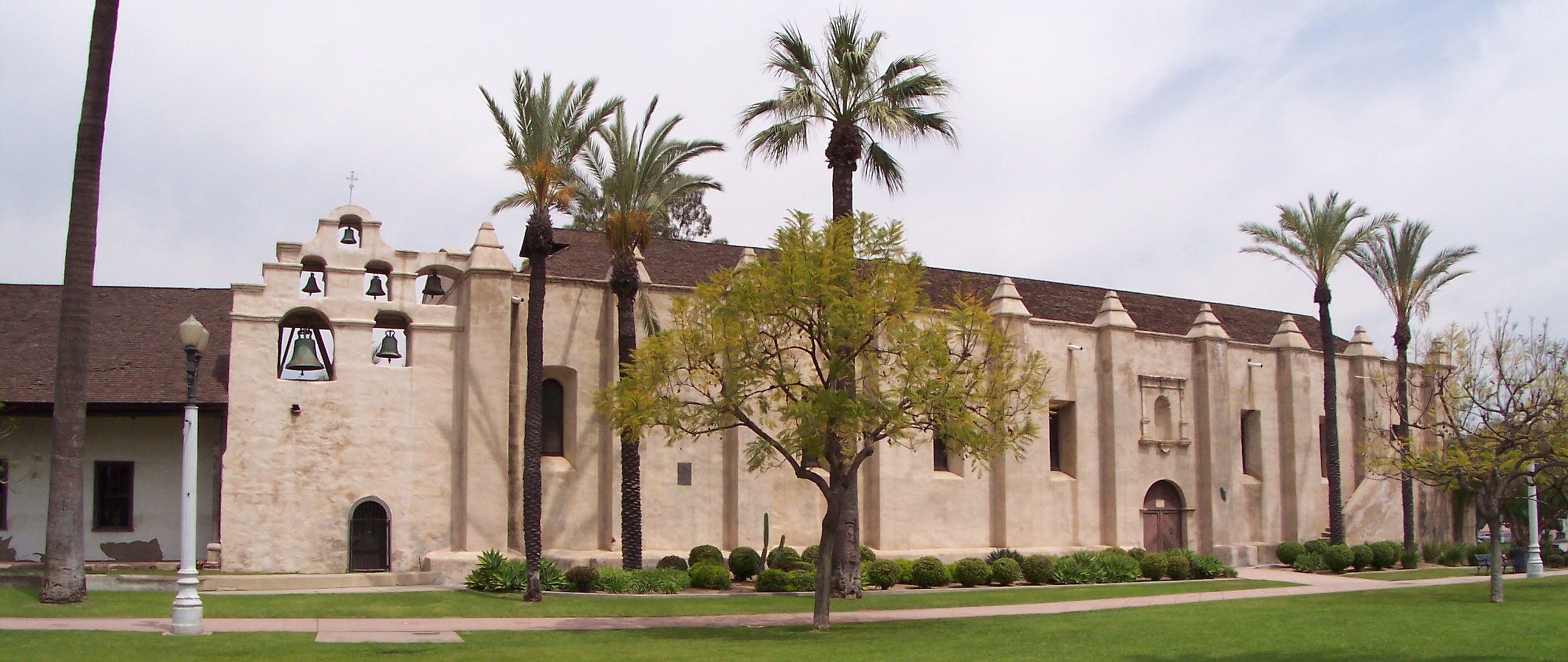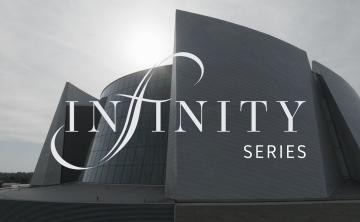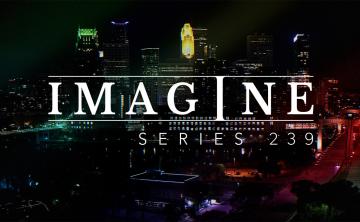Installation Spotlight: From Tragedy to Triumph


Established in 1771 by Franciscan friars, San Gabriel Arcángel was the fourth mission in what would become a network of twenty-one missions in Alta, California, located along the Camino Real that spanned San Diego to Sonoma, California. Mission San Gabriel represents the earliest presence of Catholics in the present Los Angeles Archdiocese—four more missions were subsequently established within the current territory of the Archdiocese: Santa Barbara (1786), La Purisima Concepcion (1787), San Fernando (1797), and Santa Ines (1804).
The Archdiocese planned a year-long 250th Jubilee celebration to begin in 2021 and themed “Forward in Mission,” with opening and closing services at the historic Mission San Gabriel. In preparation for the celebrations, refurbishing of the Mission interior, pews, and other furnishings was nearing completion, when, in the early morning of July 11, 2020, the historic building suffered a tragic arson fire.

Eighty firefighters from the San Gabriel Fire Department, with the assistance of crews and equipment from a dozen fire agencies, extinguished the fire in about three hours. The centuries-old retablo in the altar area was spared due to the strategic efforts of firefighters, suffering only smoke damage, but the roof and the pipe organ in the rear choir loft were destroyed.
 September 2021: Prayer Service that began the 250th Jubilee celebration. Originally planned to be held in the old Mission building, it was an outdoor service with beautiful video projection on the front of the building. Church Keyboard Center provided a Rodgers organ.
September 2021: Prayer Service that began the 250th Jubilee celebration. Originally planned to be held in the old Mission building, it was an outdoor service with beautiful video projection on the front of the building. Church Keyboard Center provided a Rodgers organ.
The 2020 fire is only the latest disaster to befall Mission San Gabriel. Its five-foot thick walls of brick and stone have survived earthquakes in 1804, 1812, and 1987.

Planning for the restoration of the building began immediately. Nelson Dodge of Church Keyboard Center, our Rodgers representative in southern California, worked with the Archdiocese Construction Department to provide an evaluation for the pipe organ destroyed in the fire, followed by planning for a new organ. The historic Mission building is used for special events, weddings, and concerts, requiring an organ with some versatility.
The old pipe organ destroyed in the fire was not historically relevant to the Mission. The improvised pipe chambers had filled the small choir loft, leaving no space for a choir or other musicians. The desire to make the loft usable for a choir and ensembles led to the choice of a digital organ.

Church Keyboard Center installed a Rodgers Imagine 351 organ. The lack of chambers to hide the organ speakers necessitated a solution that would have the appropriate appearance for an 18th-century building. Church Keyboard worked with Drisko Studio Architects (Los Angeles), the historic preservation specialist architectural firm overseeing the reconstruction project, to design decorative cabinets that complement the architecture.
The Rodgers Imagine 351 organ is actually four organs: each stop control has the ability to instantly select an American, English, French, or German Baroque tonal style, making the Imagine organ quite versatile for performing any kind of repertoire.
There are no records of the California missions having organs during the mission period (1769 to 1833). String and wind instruments were typical for music making and accompanying singing.
Following the secularization that started in the mid-1830s, many of the mission properties decayed, with some falling into complete ruin. Mission properties were returned to the jurisdiction of the Catholic church between the 1850s and 1870s under U.S. presidents Buchanan, Lincoln, and Grant. Restoration efforts began almost immediately at a few mission sites, with major restorations accomplished in the first half of the 20th century. Restoration and preservation at several missions are ongoing today.
Organs in the missions is a modern development, beginning in the 1920s. Today, roughly half of the mission have a pipe or digital organ that is used regularly. One notable pipe organ is the Rosales Opus 14 at Mission San Jose, completed in 1989, built in the style of a historic Spanish organ with meantone tuning. That organ provided the inspiration for a similar Spanish-style organ for Mission San Gabriel.
Using the extensive voicing capability of the Rodgers Imagine organ technology, Nelson Dodge, president of Church Keyboard Center, specially voiced some of the Baroque style stops to replicate the sound of an 18th-century Spanish organ, complete with meantone tuning. For reference, he used recordings of several surviving organs that were built in the 1700s in the Oaxaca region of Mexico, and the Mission San Jose Rosales pipe organ.
This special “mission organ” voicing imagines the sound of an organ in Mission San Gabriel in its early years. Concert performances can recreate an authentic experience of 18th century Spanish Baroque repertoire for a modern audience.
 The first services in the restored Mission building celebrated Easter Sunday 2023. The music was led by the new Rodgers Imagine 351. The six polychrome wooden statues in the retablo, hand-carved in Spain and brought to the Mission in 1791, are currently undergoing an extensive restoration.
The first services in the restored Mission building celebrated Easter Sunday 2023. The music was led by the new Rodgers Imagine 351. The six polychrome wooden statues in the retablo, hand-carved in Spain and brought to the Mission in 1791, are currently undergoing an extensive restoration.
Mission San Gabriel celebrates 250 years video: https://youtu.be/eAE8ei9m_FI




